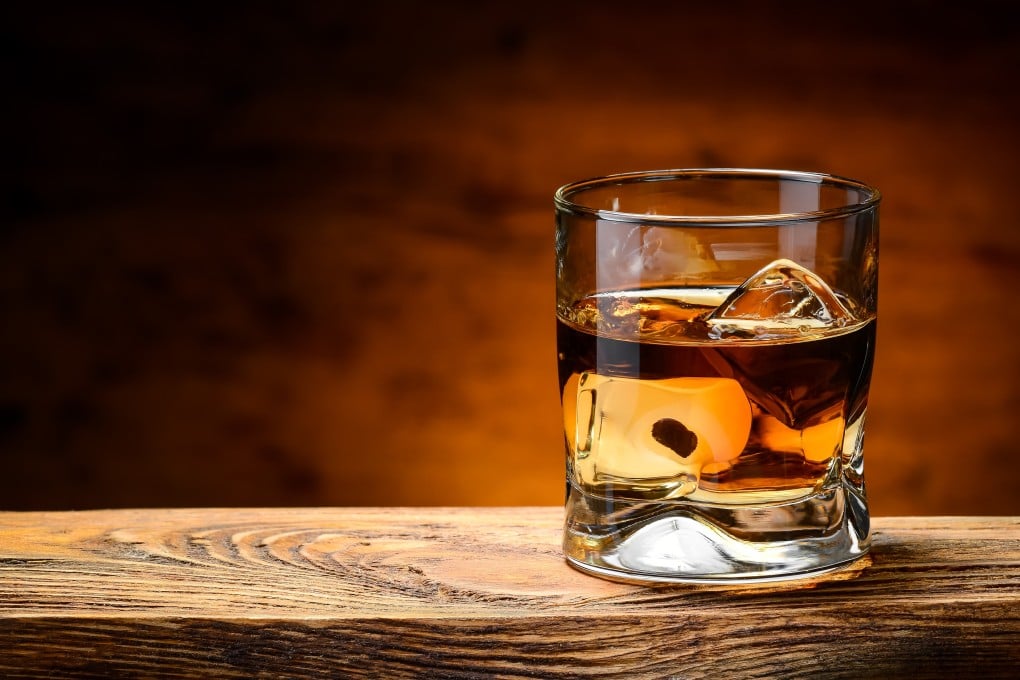Bourbon and Tennessee whiskeys from the United States – same same but different
- While there are many similarities, there are crucial differences in production technique – and flavour
- Jack Daniel’s Tennessee whiskey was famously Frank Sinatra’s favourite tipple

American whiskeys are not created equal. There are distinct differences between them, depending on how and where they are made.
Bourbon whiskey can be produced anywhere in the United States. It is made with a mixture of grains, predominantly corn (a minimum of 51 per cent) plus barley, rye and wheat, the combination of which depends on the producer. After distillation to no more than 80 per cent alcohol by volume (ABV), or 160 proof, bourbon is aged for at least two years in newly charred American oak barrels.
When it is bottled, the finished bourbon can range from 40to 80 per cent ABV. Once bottled, bourbon is like a time capsule – its flavour profile does not change. No additional ingredients are allowed other than water. Key aroma notes are sweet vanilla, burnt caramel and oak. The best bourbons are from the state of Kentucky.
Tennessee whiskey can be produced only in its eponymous state. It is made from the same grains as bourbon and it too is aged for at least two years in newly charred oak barrels. Unlike bourbon, however, by state law the newly made spirit (which is usually about 70 per cent ABV, or 140 proof, but no more than 80 per cent ABV) mustbe filtered through a dense layer of sugar-maple charcoal in what is known as the Lincoln County Process. This removes most impurities and mellows the end product.

To make the charcoal, sugar-maple staves are dried outdoors for at least a year and burned in a fire ignited using raw whiskey. Once cooled, the charcoal is put into an old barrel and the raw whiskey slowly filtered through it using gravity, which can take three to seven days. After ageing, Tennessee whiskey is bottled at a minimum of 40 per cent ABV. In addition to water, Tennessee distillers are allowed to add colouring and/or flavouring (usually caramel) at up to 2 per cent by volume. The key flavour notes of a Tennessee whiskey are a distinct sweetness and smoky hints of charcoal.
